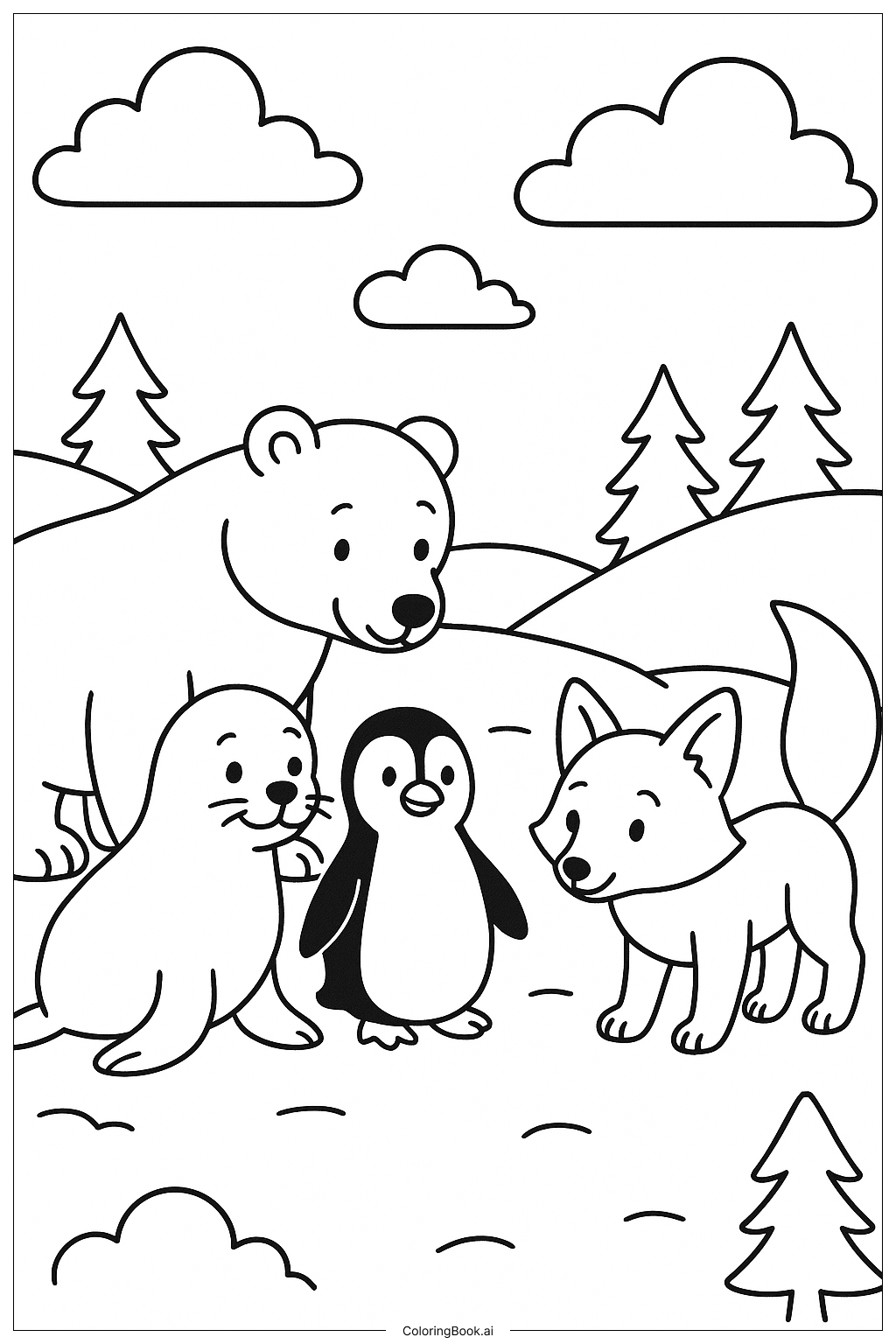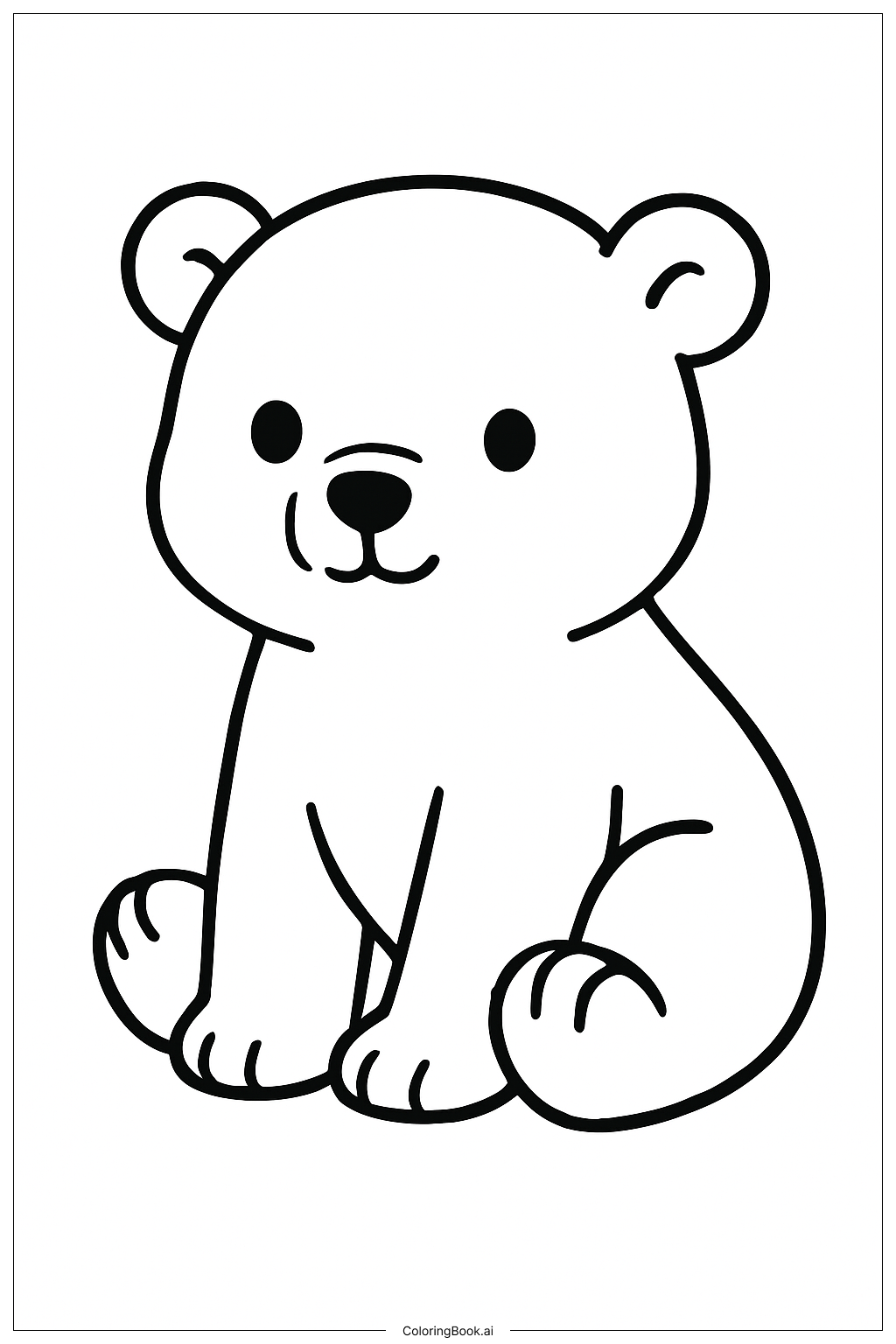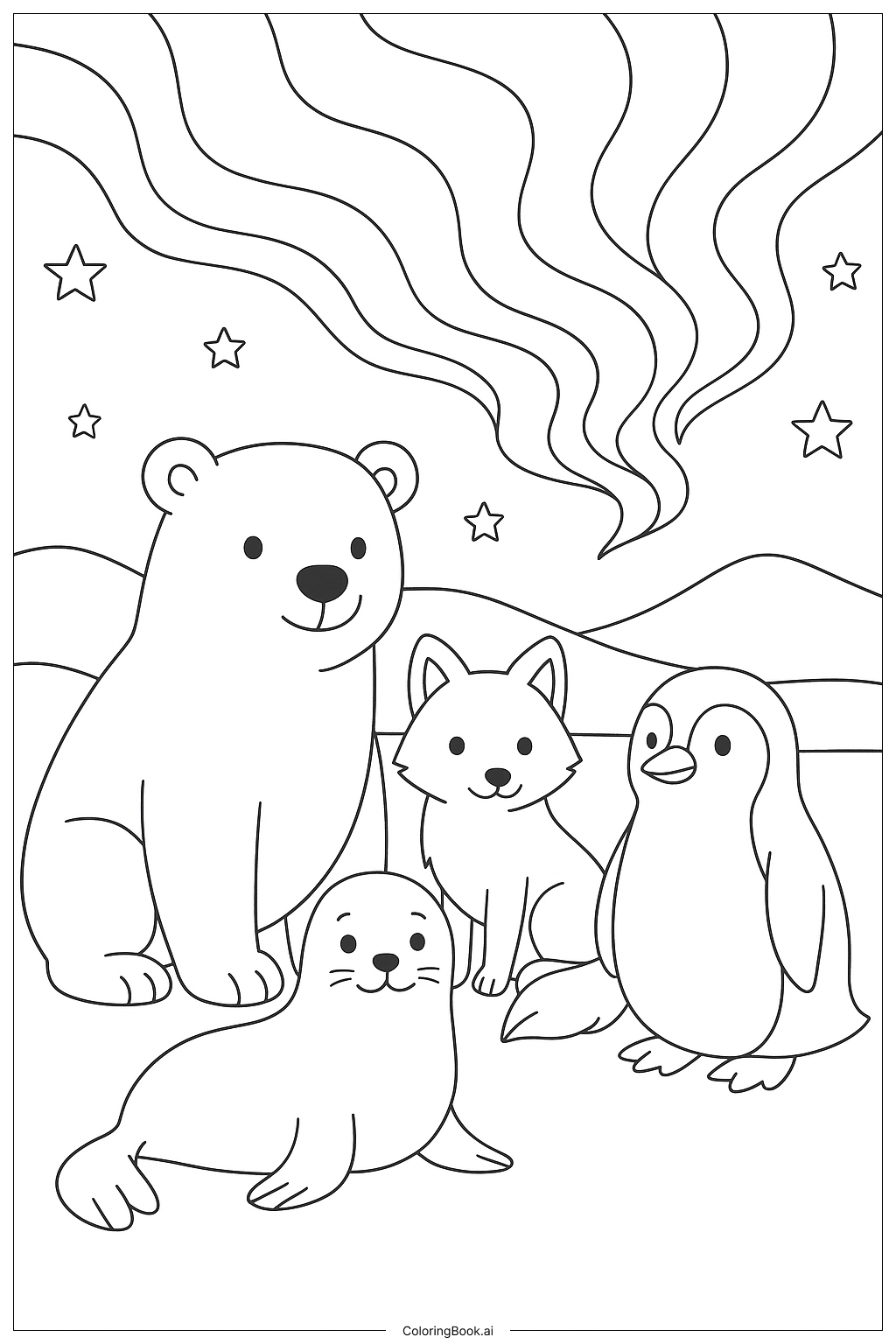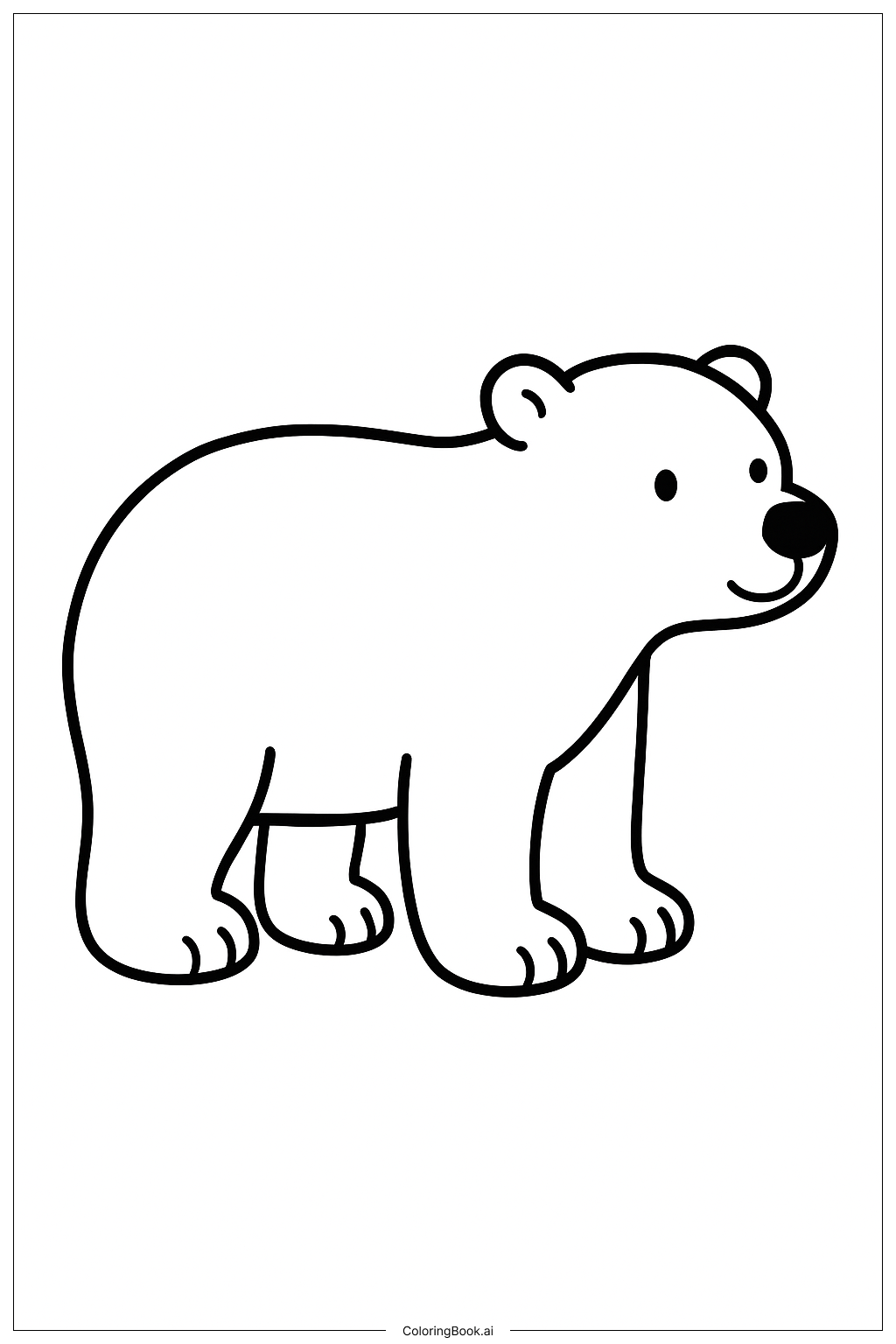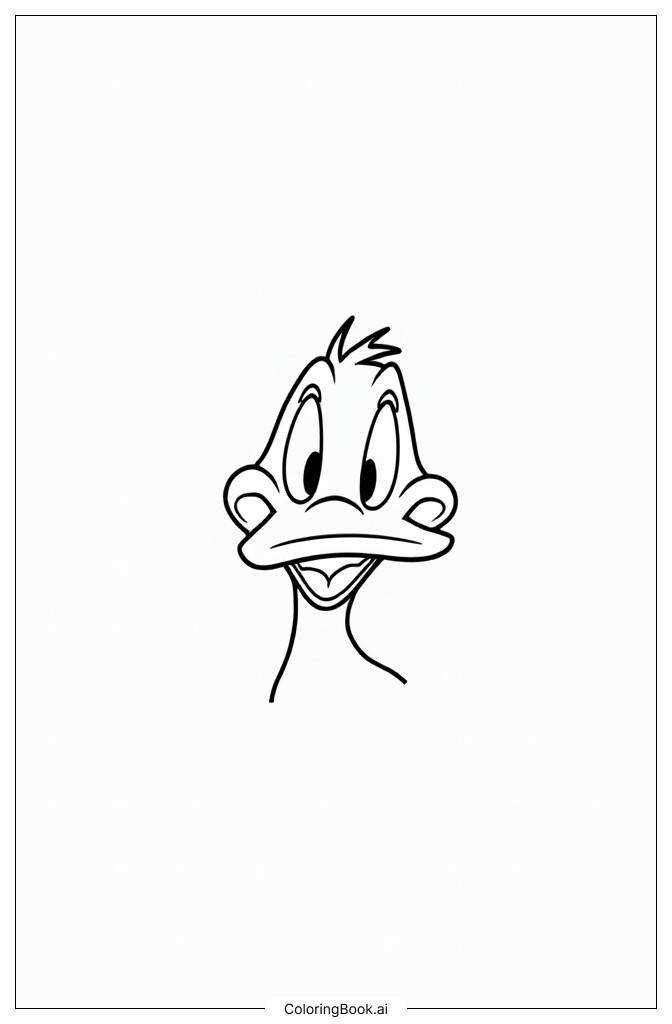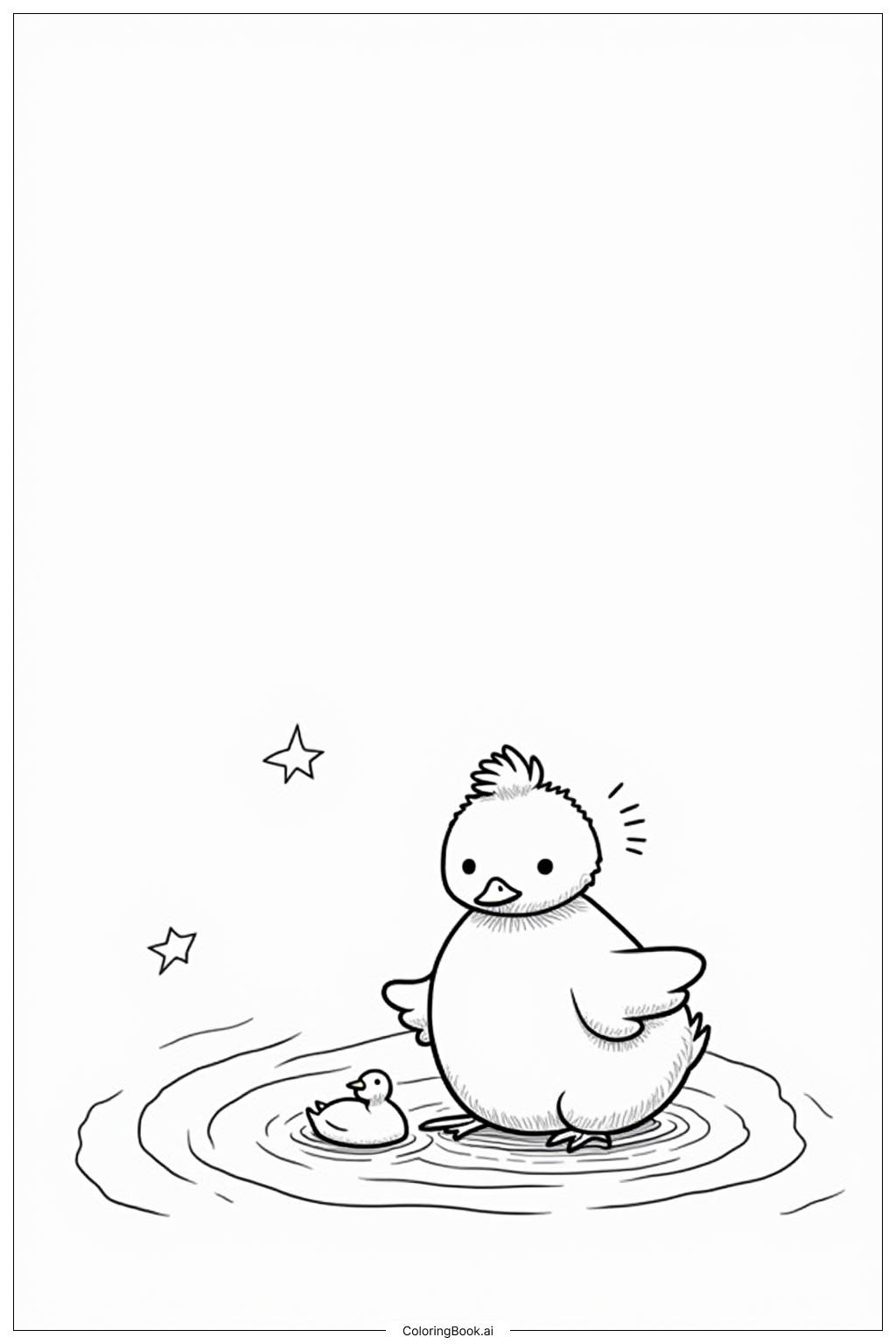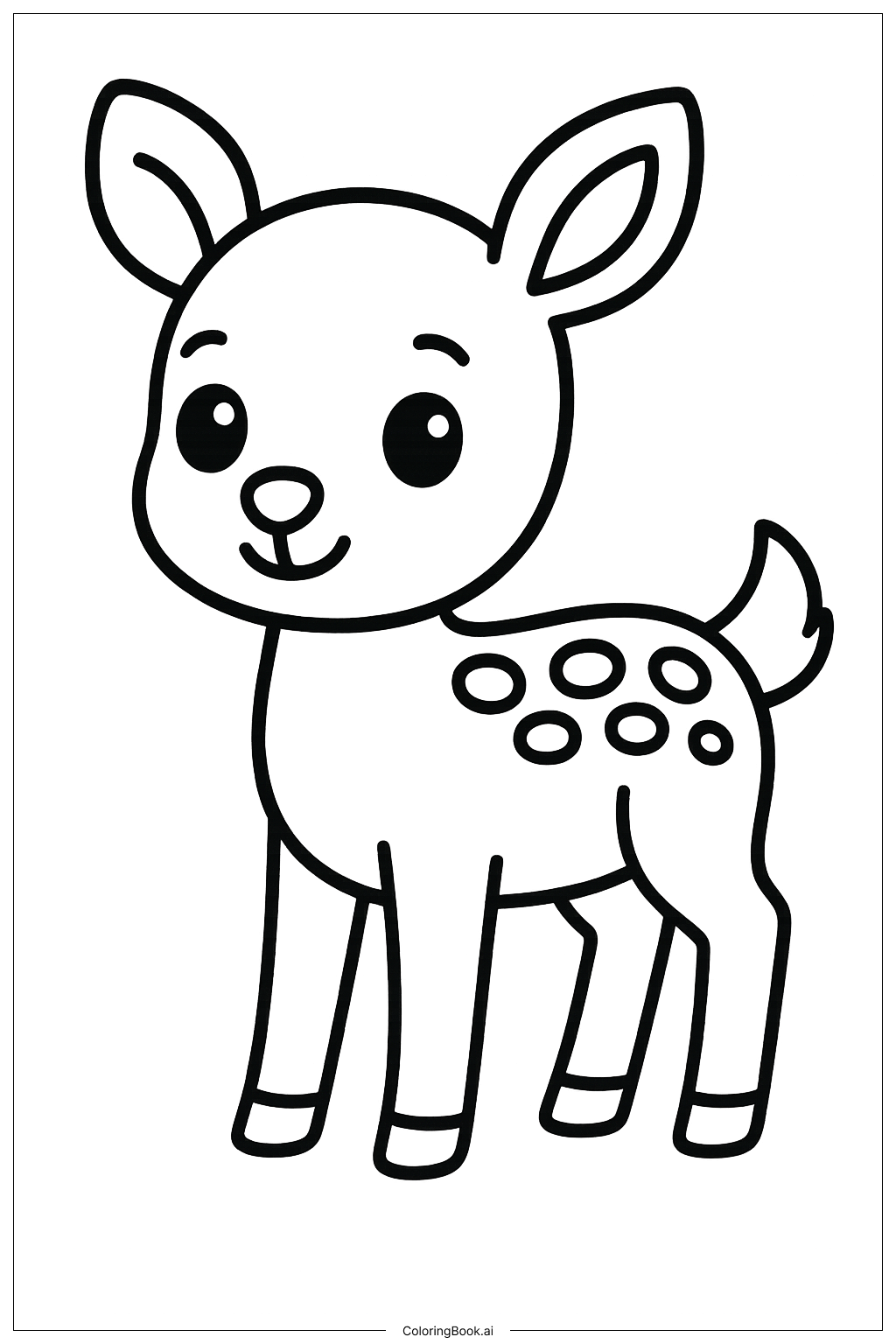Coloring tips: How to color Arctic Animals Discover a Friendly Penguin coloring page well?
To color this picture, start with the animals. Use white and light gray for the polar bear's fur. The seal can be colored with shades of light gray or brown. For the penguin, use black for its wings and back, and white for the belly. The beak and feet can be yellow or orange. The Arctic fox can be white or light gray with a bushy tail. For the background, use light blue or pastel colors for the sky and soft green or brown for the pine trees. Add some shading on the snow to show texture. Color slowly and carefully to stay inside the lines, and mix colors lightly for a gentle look.
Coloring challenges: Which parts are difficult to color and need attention for Arctic Animals Discover a Friendly Penguin coloring page?
1. Coloring the polar bear and Arctic fox can be tricky because their fur is mostly white, so shading is needed to show details and avoid flatness.
2. The penguin has black wings and body parts, which can be hard to shade evenly without making it look too dark or messy.
3. The seal’s round face and whiskers require careful coloring to keep the features clear and neat.
4. The background has many hills and trees that may require different shades to create depth.
5. Coloring the small spaces like the eyes, nose, and toes requires precision to avoid going outside the lines.
Benefits of coloring books: Advantages of drawing Arctic Animals Discover a Friendly Penguin coloring page
Coloring this picture helps improve hand-eye coordination and fine motor skills. It encourages focus and patience as kids work to stay within the lines. Choosing colors and shading helps develop creativity and understanding of the Arctic environment. It also teaches children about different animals that live in cold places, making learning fun. Overall, it builds confidence and offers a joyful, relaxing activity.
